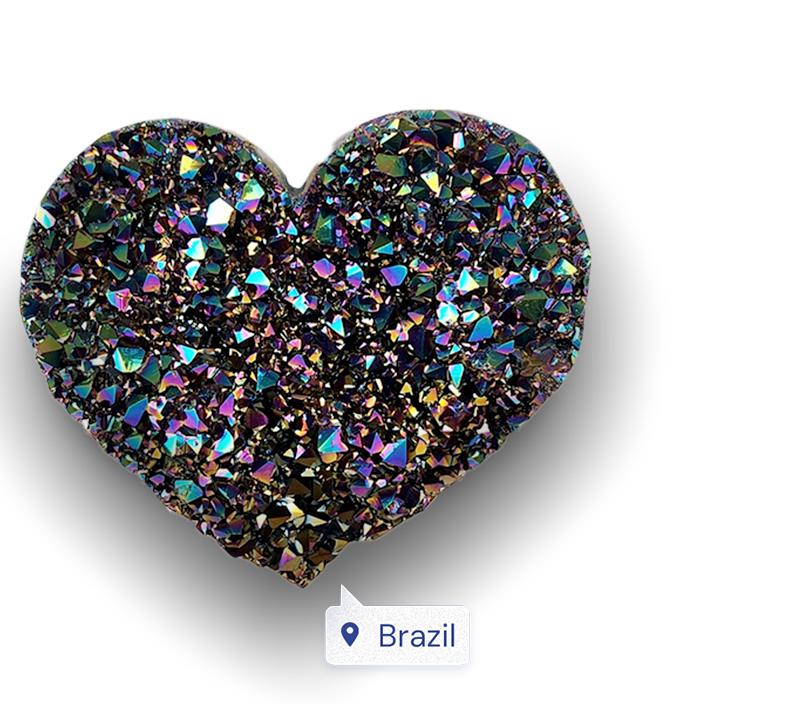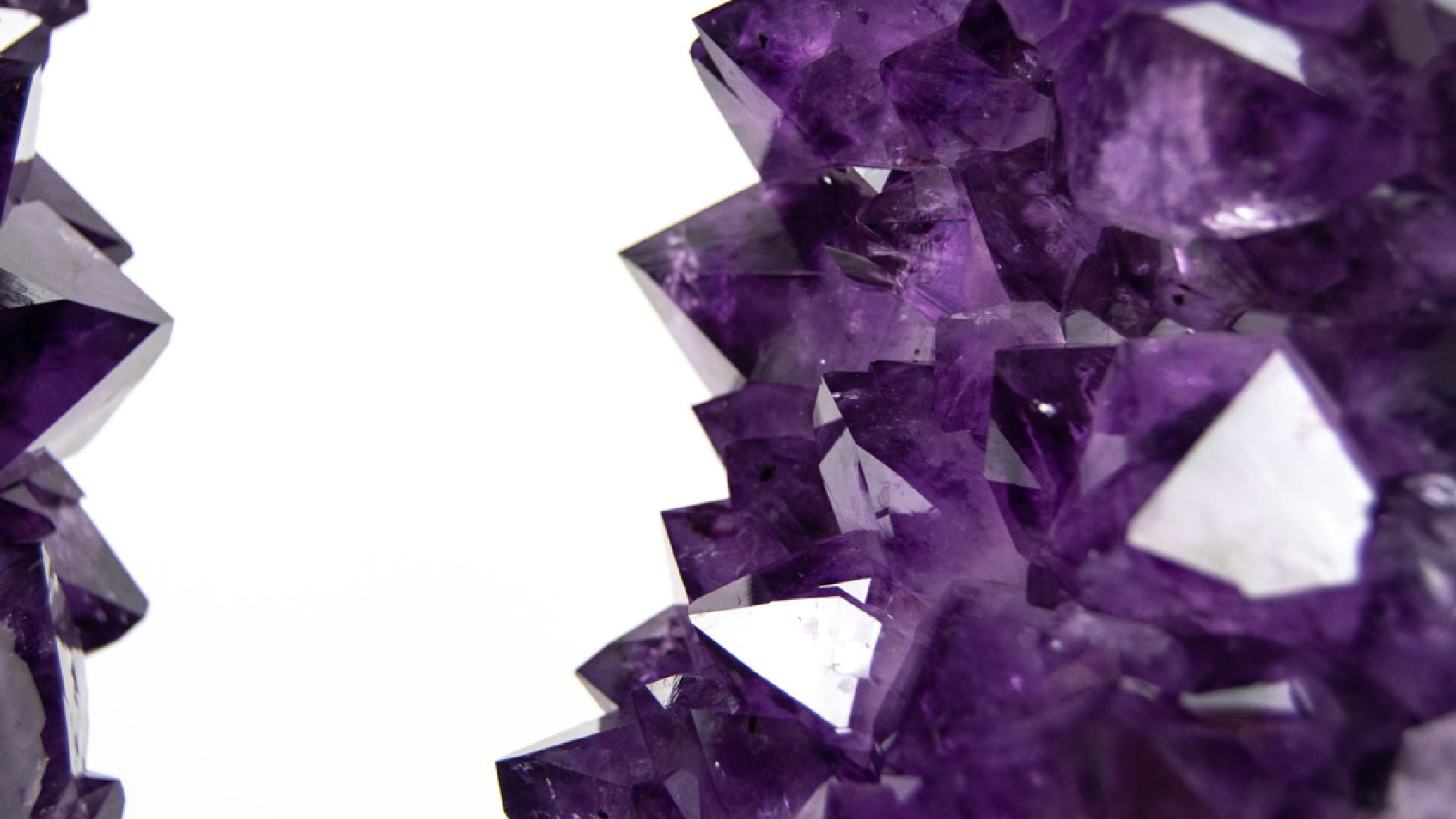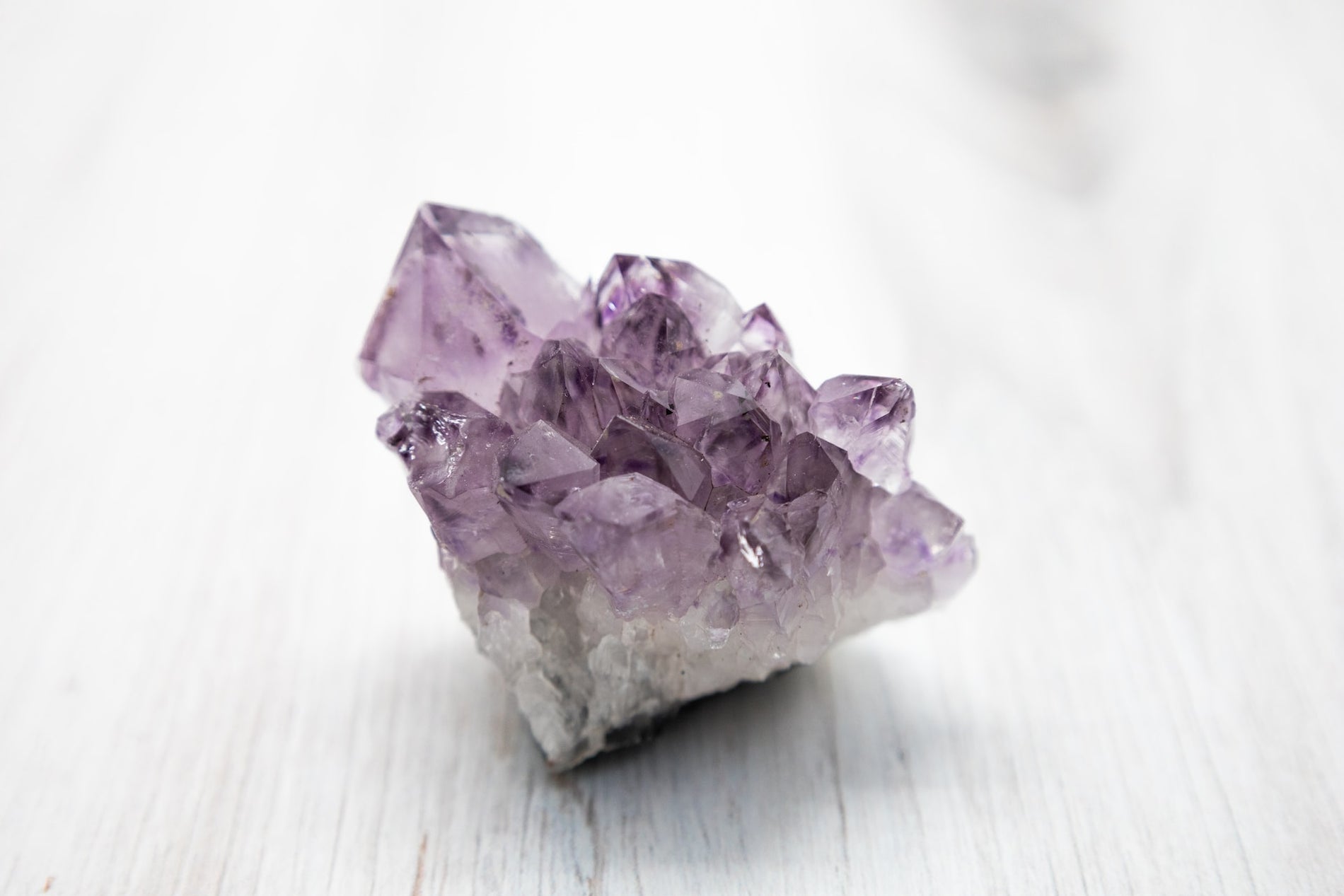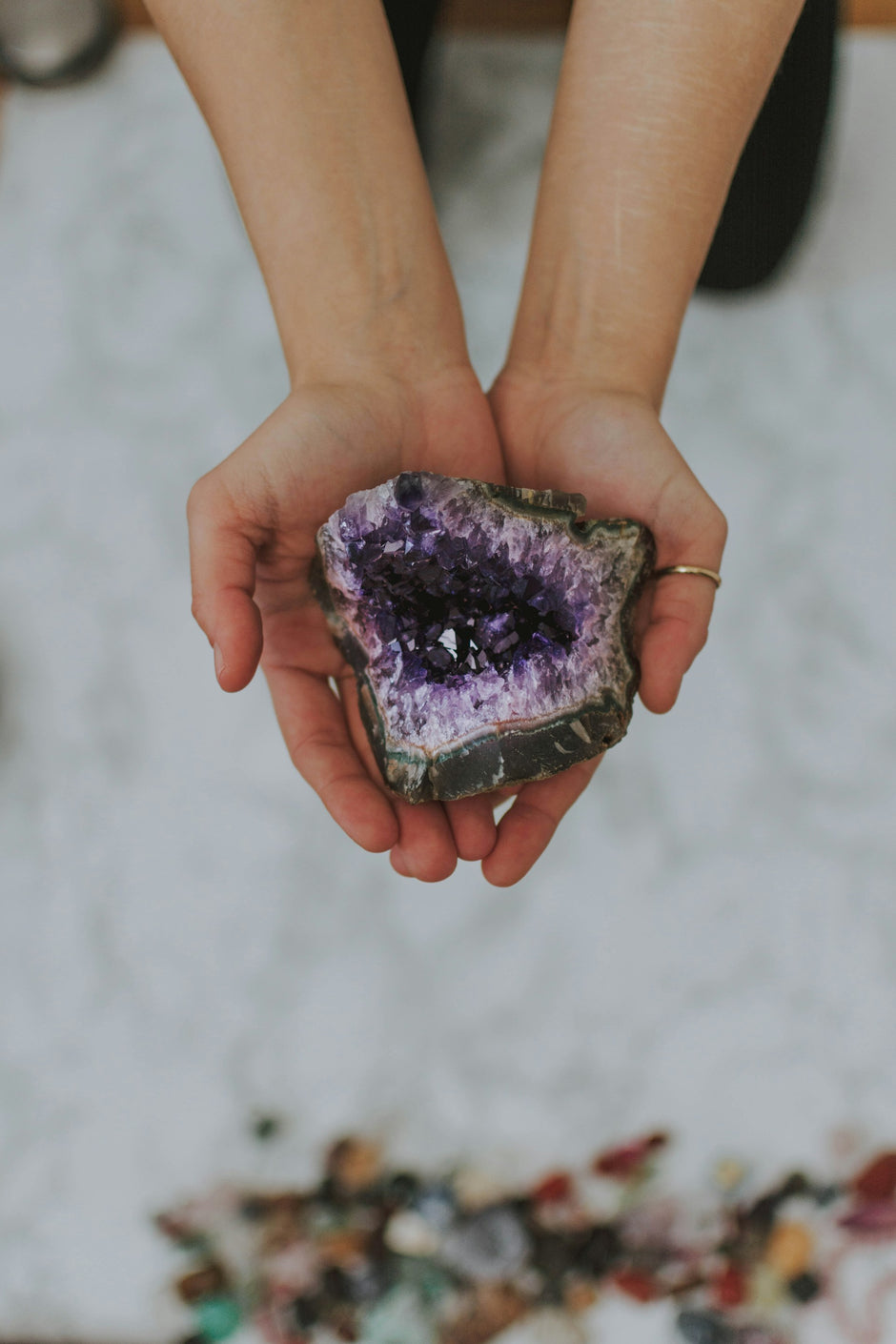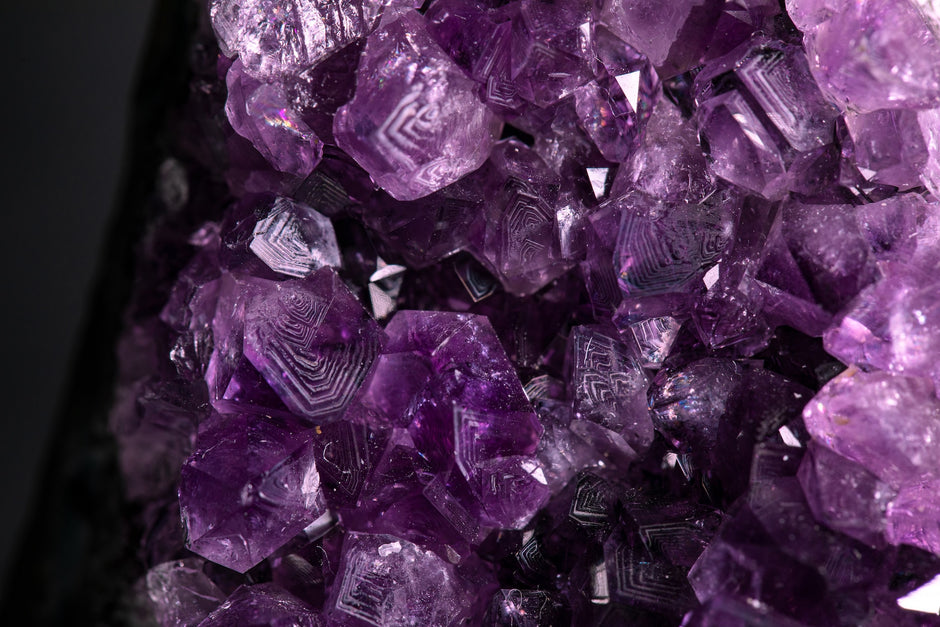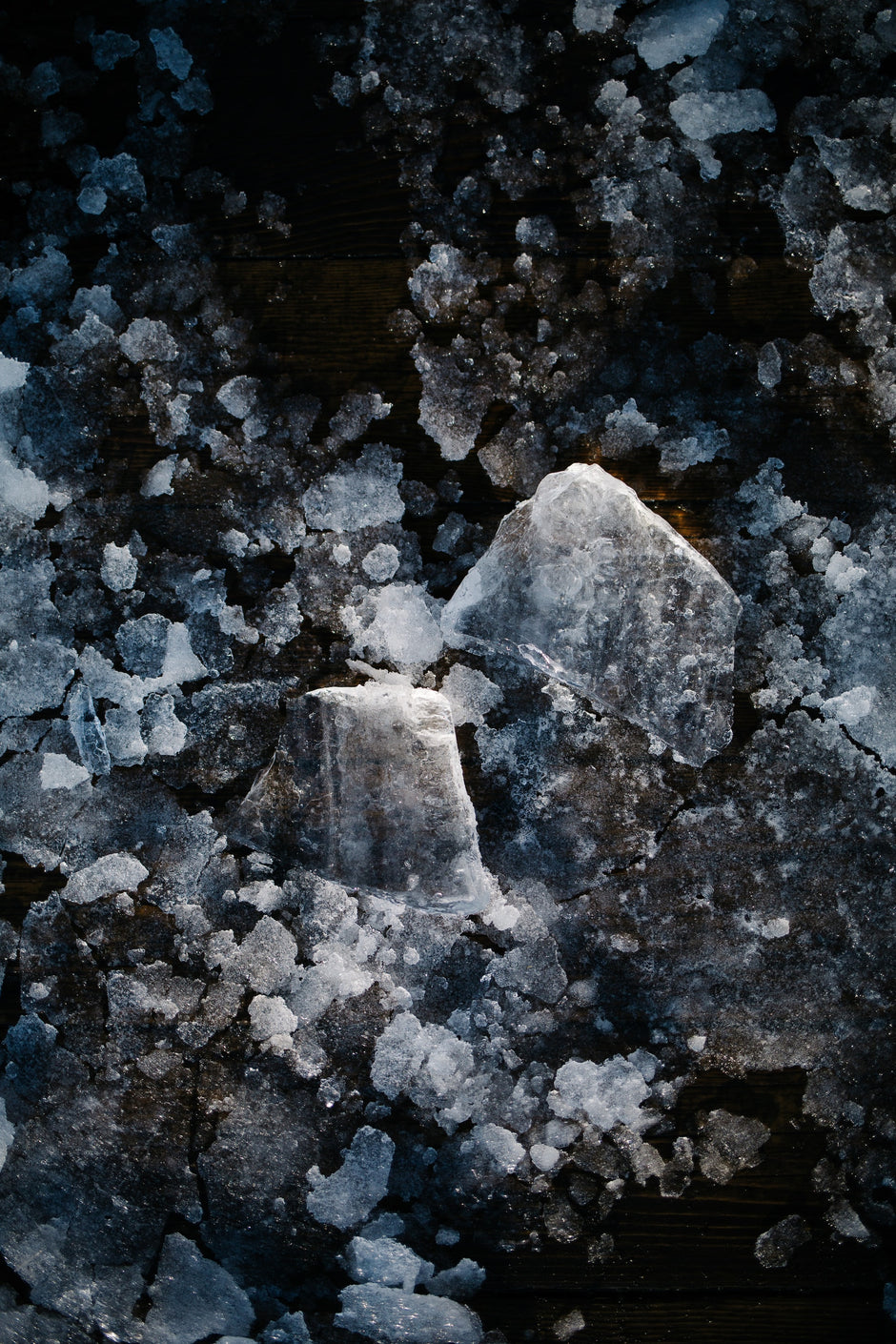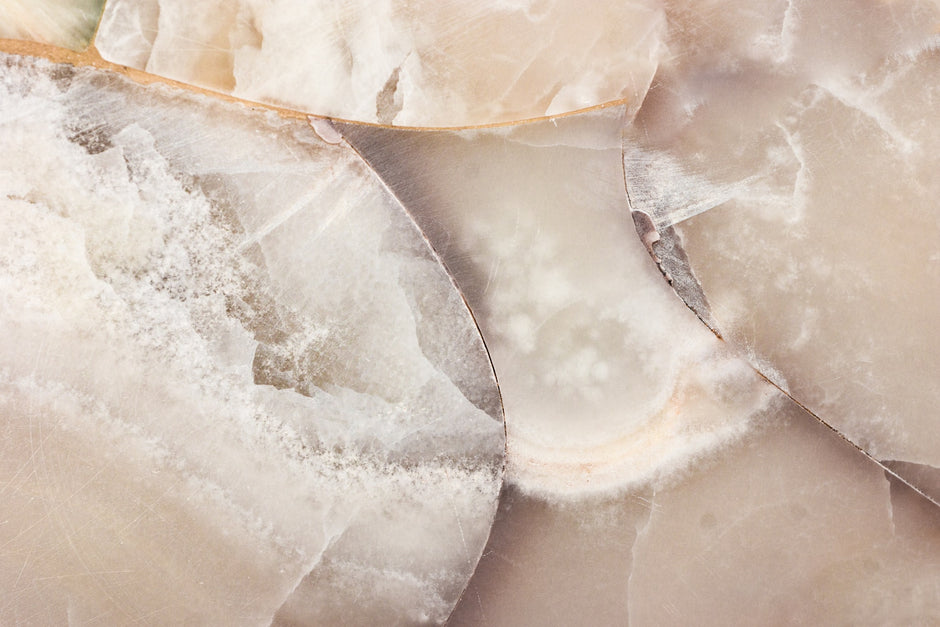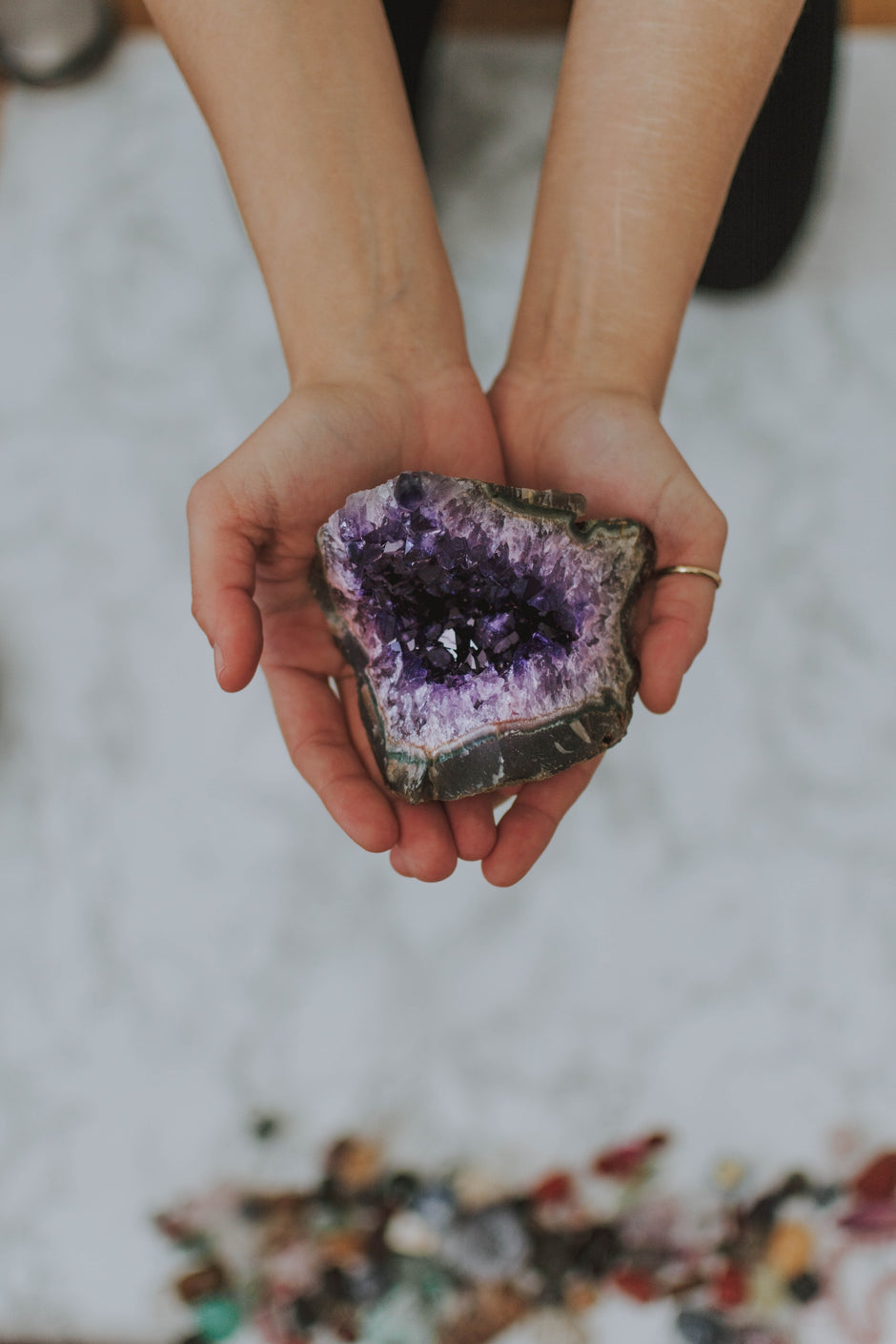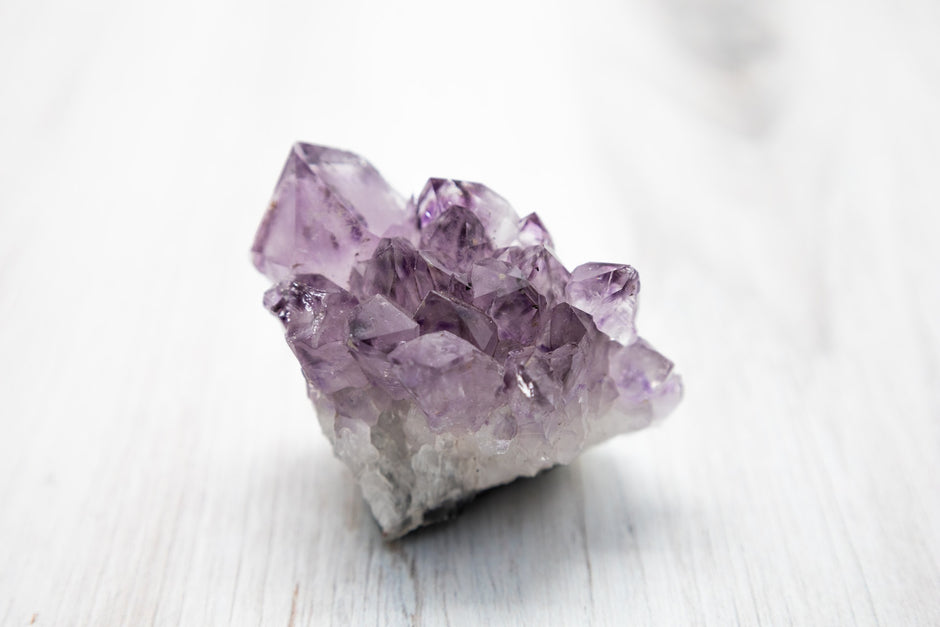If you've ever marveled at the brilliance of a perfectly cut diamond or the unique facets of an amethyst, you know that the way a gemstone is cut can make or break its beauty. But have you ever wondered what goes into crafting these miniature masterpieces? Well, you're about to find out!
Importance of Cuts and Shapes in Gemstone Crafting
The cut of a gemstone is like the frame of a painting; it enhances the natural beauty of the stone, brings out its colors, and maximizes its brilliance. A well-cut gemstone can even make lower-quality stones look more valuable! On the flip side, a poor cut can make even the most exquisite gem look dull and lifeless. So, it's safe to say that the cut and shape of a gemstone are crucial to revealing its true splendor.
What to Expect from This Article
This comprehensive guide will delve deep into gemstone cuts and shapes. We'll explore everything from popular cuts like the Round Brilliant and Emerald to unconventional and culturally influenced shapes. We'll also touch upon the science and ethics behind gemstone cutting, ensuring you get a 360-degree understanding of this intricate art form.
So, whether you're a seasoned collector, an aspiring gemologist, or just someone who loves shiny, pretty things, there's something here for everyone. Let's cut to the chase, shall we?
The Art of Gemstone Cutting
The art of gemstone cutting—a craft that turns raw, unassuming rocks into dazzling jewels fit for royalty. But what exactly is gemstone cutting, and how has it evolved over the years?
What is Gemstone Cutting?
Definition and Purpose
Gemstone cutting, also known as lapidary, is the process of shaping a rough gemstone into a polished, faceted form. The primary purpose is to maximize the gem's aesthetic appeal, enhancing its value. A well-cut gemstone reflects light beautifully, showcases its color, and even hides inclusions or imperfections.
Brief History
The art of gemstone cutting dates back thousands of years. Ancient civilizations like the Egyptians and Mesopotamians were among the first to shape and polish gemstones for jewelry and ceremonial purposes. Over the centuries, the craft has evolved, with each era and culture contributing its unique techniques and styles. Today, gemstone cutting is a blend of art and science, combining traditional craftsmanship with modern technology.
Basic Techniques in Gemstone Cutting
Faceting
Faceting is perhaps the most well-known technique in gemstone cutting. It involves cutting a series of flat surfaces, known as facets, onto the surface of the gemstone. The arrangement and angles of these facets play a crucial role in how the gemstone reflects light, contributing to its brilliance and fire.
Cabbing
Short for "cabochon cutting," cabbing is a technique where the gemstone is shaped and polished to create a smooth, rounded surface, rather than faceted. This style is often used for opaque or translucent stones like opal, turquoise, and moonstone, where the play of color or unique optical phenomena are the main attractions.
Carving
Carving is an artistic form of gemstone cutting where the lapidary crafts intricate designs or figures into the stone. This technique is often used for softer gem materials like jade or lapis lazuli and is highly valued for its artistic expression.
Popular Gemstone Cuts
So, you've got a basic understanding of what gemstone cutting is all about. Now, let's dive into some of the most popular cuts that have captured the hearts (and wallets) of gem enthusiasts around the world. Trust me, knowing these cuts will not only make you sound like a connoisseur but also help you make better choices when adding to your gemstone collection.
Round Brilliant Cut
Characteristics and Uses
The Round Brilliant Cut is the superstar of gemstone cuts, especially when it comes to diamonds. Featuring 57 or 58 facets, this cut is designed to maximize brilliance—that's the amount of light reflected back to your eyes. The Round Brilliant is versatile and timeless, making it the go-to choice for everything from engagement rings to stud earrings.
Emerald Cut
Characteristics and Uses
The Emerald Cut is elegant, sophisticated, and a bit retro. This cut is characterized by its rectangular shape with cut corners and long, stair-step-like facets. While it may not have the brilliance of a Round Brilliant, the Emerald Cut offers a different kind of allure: clarity. This cut is often used for emeralds (hence the name), but it's also popular for diamonds and other transparent gemstones.
Princess Cut
Characteristics and Uses
If you're looking for something modern and chic, the Princess Cut is your gem. This cut is square or rectangular and features pointed corners with numerous sparkling facets. It's a relatively new cut, gaining popularity in the late 20th century, but it's quickly become the second most popular cut for engagement rings. Its modern lines make it a favorite for contemporary jewelry designs.
Oval Cut
Characteristics and Uses
The Oval Cut is like the Round Brilliant's elegant cousin. It offers similar brilliance but in an elongated shape that can make the gemstone look larger and the wearer's fingers look more slender. It's a versatile cut that works well in a variety of jewelry settings, from rings to pendants.
Unconventional Gemstone Cuts
Alright, gem aficionados, we've covered the classics, but what about the cuts that march to the beat of their own drum? These unconventional gemstone cuts may not be as mainstream as their popular counterparts, but they offer a unique charm that makes your gemstone truly unique.
Rose Cut
Characteristics and History
The Rose Cut is like a poetic ode to gemstones. It features a flat base with a dome-shaped crown that rises to a single apex, resembling the petals of a rose. This cut has been around since the 16th century and was particularly popular during the Georgian and Victorian eras. While it doesn't offer the same brilliance as modern cuts, the Rose Cut has a romantic, vintage appeal that makes it a favorite for antique jewelry restorations and period pieces.
Trilliant Cut
Characteristics and Modern Applications
The Trilliant Cut, also known as the trillion or trillian cut, is a spectacular showstopper. This cut is triangular, featuring either sharp or rounded corners and a variety of facet designs. It's a relatively modern cut, often used for accent stones in contemporary jewelry designs. The Trilliant Cut is especially popular for more colorful gemstones like rubies, sapphires, and emeralds, where its shape can emphasize the stone's natural hues.
Briolette Cut
Characteristics and Uniqueness
The Briolette Cut is a true gemstone oddity—in the best way possible! This cut is fully rounded, almost like a droplet, and covered in triangular facets. It's often drilled at the top to be hung as a bead, making it a popular choice for earrings and pendants. What sets the Briolette apart is its 360-degree faceting, which allows for a unique play of light and color from all angles.
Cultural Influence on Gemstone Shapes
Now that we've explored both popular and unconventional cuts, let's take a trip around the world to see how different cultures have left their mark on gemstone shapes. From the intricate Kundan cuts of India to the symbolic Pi Discs of China, cultural influences add another layer of richness to the world of gemstones.
Indian Gemstone Shapes
Kundan and Polki Cuts
When it comes to gemstone artistry, India has a rich history that's hard to rival. Two of the most iconic styles are Kundan and Polki cuts. Kundan refers to the highly refined gold used in the setting, but the gemstones themselves are often cut in unique, asymmetrical shapes to fit these elaborate designs. Polki cuts, on the other hand, are uncut diamonds that are set in a similar manner. Both styles are integral to traditional Indian jewelry and offer a glimpse into the country's artistic heritage.
Chinese Gemstone Shapes
Pi Discs and Other Traditional Shapes
China's gemstone culture is steeped in symbolism and tradition. One of the most iconic shapes is the Pi Disc—a circular jade pendant with a hole in the center, symbolizing the concept of heaven and earth. Apart from Pi Discs, other traditional shapes like the dragon and phoenix are often carved into jade and other gemstones, each carrying its own set of meanings and cultural significance.
Western Gemstone Shapes
Influence of the Renaissance and Modern Times
The Western world has had its fair share of influence on gemstone shapes, especially since the Renaissance. This period saw the development of many cutting techniques that are still used today, including the early versions of the brilliant cut. In modern times, Western preferences have leaned towards cuts that maximize brilliance and fire, leading to the development of many popular cuts like the Round Brilliant and Princess Cut.
The Science Behind Gemstone Cuts
Alright, science buffs and gem enthusiasts, this section is for you! While the art of gemstone cutting is undeniably fascinating, there's a whole world of science that goes into making those gems sparkle and shine. From the angles and facets that maximize brilliance to the cuts that can actually enhance a gemstone's color, let's get into the nitty-gritty of the science behind gemstone cuts.
Maximizing Brilliance and Fire
Role of Angles and Facets
When it comes to brilliance—that's the amount of light that's reflected back to your eyes—the angles and facets of a gemstone play a critical role. The angles must be precisely calculated to ensure that light entering the gemstone is reflected internally and then directed back out through the top of the stone. This is why cuts like the Round Brilliant, with its 57 or 58 facets, are so effective at maximizing brilliance. The same goes for fire, which is the dispersion of light into the colors of the spectrum. The more precisely the facets are aligned, the more fire you'll see.
Color Enhancement Through Cutting
How Cuts Can Influence Color
Believe it or not, the cut of a gemstone can actually influence its apparent color. For example, deeper cuts can often intensify the color of a gemstone by allowing the light to travel a longer path within the stone, thereby increasing the absorption of certain wavelengths. This is especially useful for gemstones like sapphires and rubies, where color is a significant factor in their value. On the flip side, shallower cuts can lighten the color, which might be desirable for stones that are too dark.
Hopefully, this section sheds some light (pun intended!) on the fascinating science that goes into crafting the perfect gemstone cut. It's a blend of geometry, physics, and a dash of artistry that makes each gemstone a unique masterpiece.
Conclusion
From the artistry of traditional and modern cuts to the cultural influences that shape our gemstones, we've covered a lot of ground. And let's not forget the science that goes into making each gemstone a sparkling masterpiece.
Summary of Key Points
- The Art of Gemstone Cutting: We delved into what gemstone cutting is all about, exploring techniques like faceting, cabbing, and carving.
- Popular Gemstone Cuts: We looked at mainstream favorites like the Round Brilliant, Emerald, Princess, and Oval cuts, each with its unique characteristics and uses.
- Unconventional Gemstone Cuts: We ventured into the less-traveled roads of Rose, Trilliant, and Briolette cuts, each offering a unique charm and aesthetic.
- Cultural Influence: We took a global tour to understand how different cultures, from India to China to the Western world, have influenced gemstone shapes.
- The Science Behind the Cuts: Finally, we got a bit geeky and discussed how angles, facets, and even the depth of a cut can influence a gemstone's brilliance, fire, and color.
Final Thoughts
Whether you're a seasoned collector, an aspiring gemologist, or just someone who can't resist the allure of shiny, colorful stones, understanding the cuts and shapes of gemstones adds a new layer of appreciation to your passion. So, the next time you find yourself mesmerized by a sparkling gem, take a moment to consider the craftsmanship and science that went into making it so captivating.
